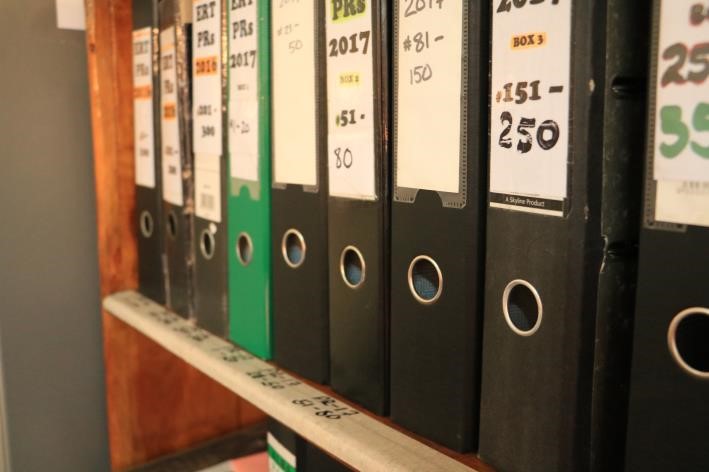What NGOs can learn from the Corporate World – A coffee with Andrew Parris, Medair, Switzerland

In our previous coffee with Andrew, we explored the alignment between Process Excellence and the Core Humanitarian Standard on Quality and Accountability (CHS). In this virtual coffee with Andrew, as he was on a ski vacation with his family in the Swiss town of Leysin, he shares his ideas on how humanitarian NGOs can learn from corporations in the area of continuous improvement.
Andrew, given the vast differences between the corporate and humanitarian worlds, why do you think we have something to learn from the corporate world?
Corporations certainly have a different set of goals, a different “product” and often a very different context from NGOs. However, they are also similar in many ways. For example, both have employees whom they need to engage, develop and manage. And both generally have the same support functions and similar processes within them: Human Resources, Finance, Supply Chain/Logistics, Information Technology and Strategic Leadership.
Because of the immense pressure that companies have to make a profit, they have developed a number of outstanding approaches to improving efficiency and effectiveness. As I mentioned earlier, Lean, from Toyota, is such an approach, and I believe it is the one that is most applicable to our work. Because of the many similarities, we can apply Lean principles and practices in our work.
Can you give us a couple of examples that you find to be most relevant?
First, Toyota says, “We don’t build cars. We build people who build cars.” NGOs prioritise empowerment of people in the communities where we work, but often we struggle to empower our own employees to continuously improve how they do their work. We are generally so focused on doing our work that we don’t build capacity and a culture in which everyone is continuously improving how they do their work. Toyota has shown us how to do this.
Second, Toyota stresses the importance of standardizing work. Many people consider having to follow a procedure as limiting their freedom and being a barrier to progress. In fact, the opposite is true. Rather than every new employee struggling to figure out how to do their work and the conflicts and confusion that come from different people doing the same thing differently, Lean holds that standardizing work enables us to work together quickly, efficiently and effectively. Standards should be the best known way of doing something, so that everyone benefits from anyone’s improvements, because they are captured in the standard.
Third, Toyota developed an approach to organizing the workplace for efficiency and to “visual management,” which aims to make it easy to see at a glance the status of work and any problems. Although originally developed in the factory, the disciplines of throwing away things we no longer need, of making it easy to access what we often use, and of labelling what things are and where they belong helps us be more productive.


The two photos here show the “before” and “after” conditions of how this was done. While the folders were already labelled, they were not in numerical order. Inyani Jackson, the Emergency Response Team WASH Field Logistics Officer in Medair South Sudan, clearly labelled where each binder belongs and organised them all chronologically, so the most recent ones are easiest to access.
Time does not permit me to share dozens more such applications that I have personally witnessed…
In our next coffee with Andrew, he shares with us some thoughts on getting started with Lean, some of his favourite online resources for learning about Lean, and training in Lean that he is making available to other NGOs.
